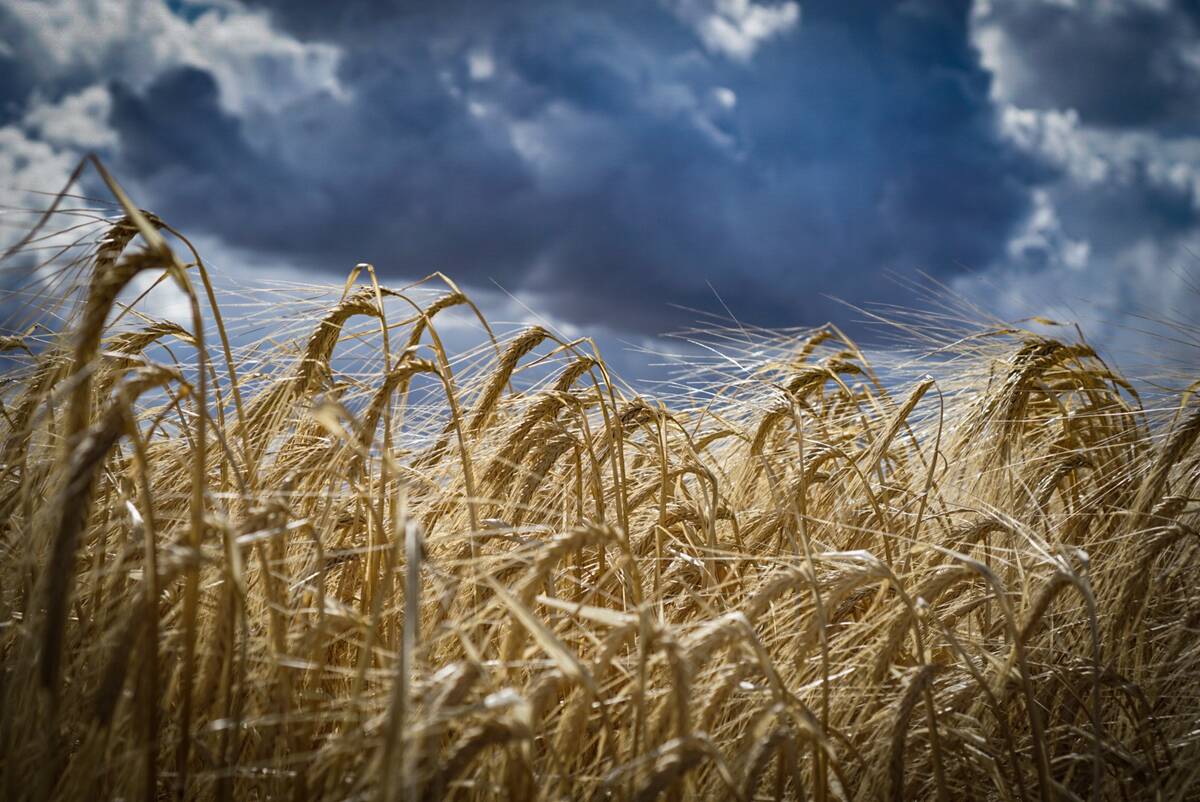Changes in pig diets and barn operations can help operators lower greenhouse gas emissions and energy consumption.
In a new study funded by the Canadian Pork Council, DGH Engineering sought to identify, implement and demonstrate the best management practices for intensive swine barns.
Doug Small, DGH vice-president, said the study discovered the nutrient content of manure could be altered through diets that are lower in crude protein or nitrogen and supplemented with phytase to use up more phosphorus.
The amount of slurry produced is lower when wet-dry feeders are used as opposed to dry feed and freely available waterers.
Read Also

Malting barley exporters target Mexican market
Canada’s barley sector is setting its sights on the Mexican market to help mop up some of the lost demand from China
A reduction in nitrogen content in the slurry allows manure to be applied on land at a higher rate, which in turn means less land is needed and less fuel is used to spread it.
“That’s the payoff for producers.”
Small said these practices could reduce the amount of carbon dioxide emitted into the air by 9.2 tonnes annually for an 800 head weanling barn.
That translates into potential reductions of 36.7 million tonnes of greenhouse gases across the Canadian pork industry.
Energy savers
Other recommended energy savers included night setback thermostats to lower the barn temperatures automatically, space heaters for specific areas in the barn and heat exchangers on ventilation air to reduce heat loss and improve air quality.
Small said some items like thermostats are relatively inexpensive, while others like wet-dry feeders commonly seen in newer style barns are a higher capital cost.
Producers will need to evaluate how these fit into their management and production system, he said.
“What we’re doing is pointing a finger in a direction in terms of the need to look at reducing greenhouse gas emissions,” Small said.
The study also suggested turning lighting off overnight, installing energy efficient light bulbs, using fields near the barns for manure application and maintaining ventilation equipment.
The agricultural sector contributes about 9.5 percent of the total Canadian greenhouse gas emissions.














